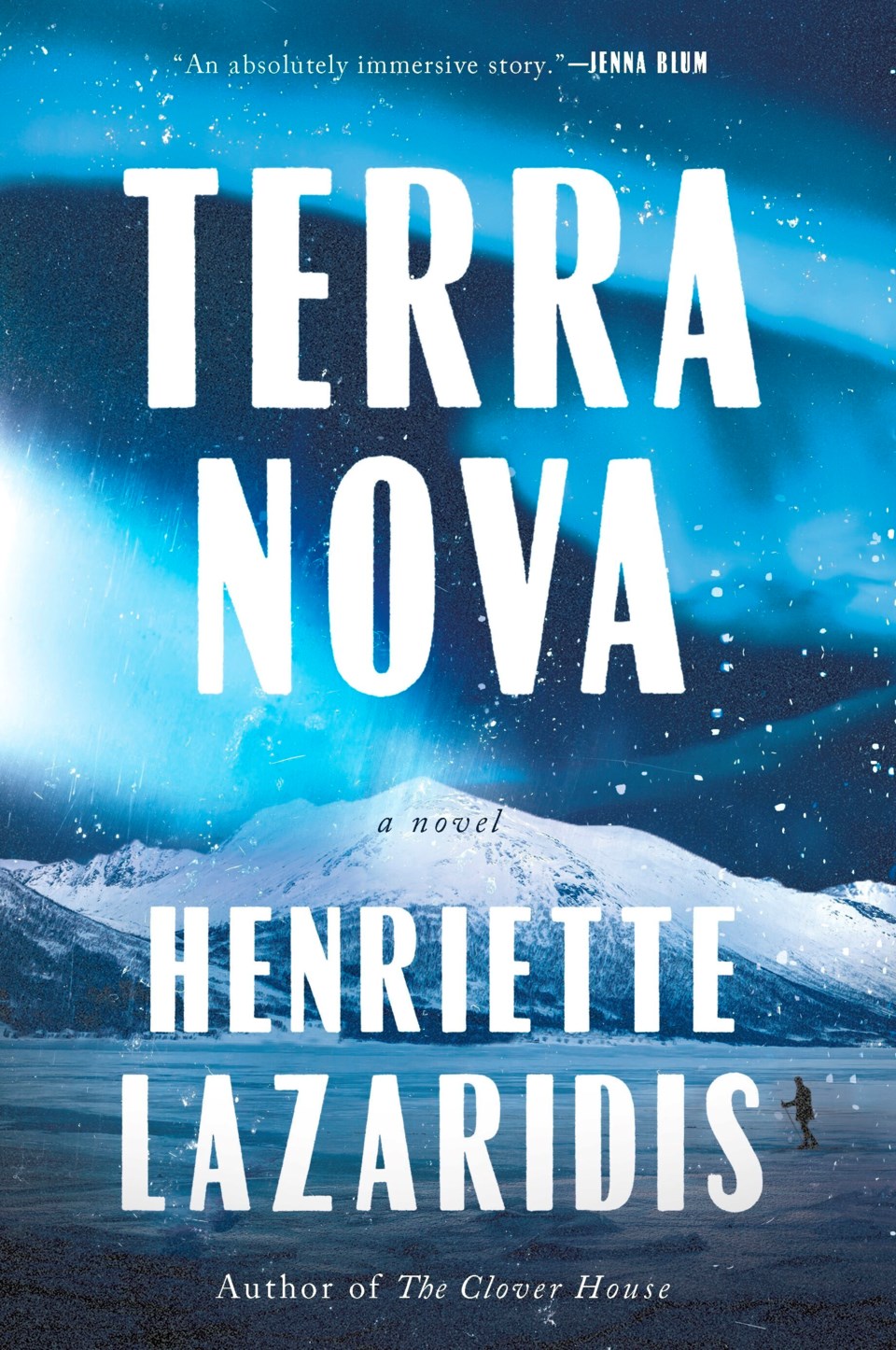“Terra Nova” by Henriette Lazaridis (Pegasus Books)
Hunger takes many forms. While Viola becomes fascinated with London's suffragette hunger strikers, her husband, Edward, and her lover, James, come closer to starvation with each mile in their journey to the South Pole.
Flipping between a harrowing polar exploration and a woman's struggles for independence in 1910, “Terra Nova” hinges on the motifs that connect the two storylines: art, hunger and guilt.
Author Henriette Lazaridis, who has a self-proclaimed fascination with the late real-life explorer Robert Falcon Scott, loosely based James and Edward’s exploration on Scott’s travel journals. Only, while the real British explorer died on his journey, “Terra Nova” asks what would have happened if the British team had survived, but were beaten to their goal.
The novel opens with Edward's team already low on resources and morale, unsure if they'll make it home with all their limbs — or if they'll return home at all. But they push forward, hoping to be the first to plant their country's flag at the pole. All the while, James documents their journey with photographs and writes secret love letters to Viola.
These early polar chapters are reminiscent of Robert Eggers' 2019 movie “The Lighthouse” with its cold and dreary grayscale landscape backdropping the isolation and unhinging of two men in the middle of nowhere. Their marathon is a slog to read — slow, painful, bitter.
The London chapters offer respite. We follow Viola as she photographs the women’s movement, caught between the struggle for freedom and the societal pressures of being a married woman.
Viola is a conundrum of a character. She believes she can continue on happily having both men she loves: her husband, Edward, and his best friend, James. She enjoys being married but finds it suffocating. She wants a child but knows that will diminish her. She reminds her maid that her participation in the suffrage movement helps all women, even as she knows what they’re fighting for would only give property-owning women the right to vote.
Our heroine waffles between strong in her convictions and weakly folding because of her love of Edward and James. Her thoughtless reliance on them caves her case for being a suffragette. This hypocrisy is mentioned a couple times early on, but drops off without consequence. Her character neither grows nor regresses, and the unsatisfying arc is the linchpin of the gender equality issue beneath everything in “Terra Nova.”
And Viola's not the only one; characters in general are wishy-washy, their actions and motives often veering away from expectations without compelling reasons.
“Terra Nova” is peppered with indiscreet metaphors, such as at a comet viewing gathering when partygoers mistake the Daylight Comet for Halley’s, toasting “Mr. Halley.” In case readers missed the symbolism, Viola notes that the party doesn’t recognize what’s right in front of them.
The execution lacks excellence and the story lacks new ideas, but its strength lies in its impressive marriage of art and exploration. Lazaridis relishes in long, gorgeous descriptions of scenes and explanations of shot-framing and darkroom photo processing as intimate as a love letter. This underlying stream of artistic enchantment hits the mark and the author’s excitement peeks through to help smooth over inconsistencies and keep the pages turning.
Donna Edwards, The Associated Press



